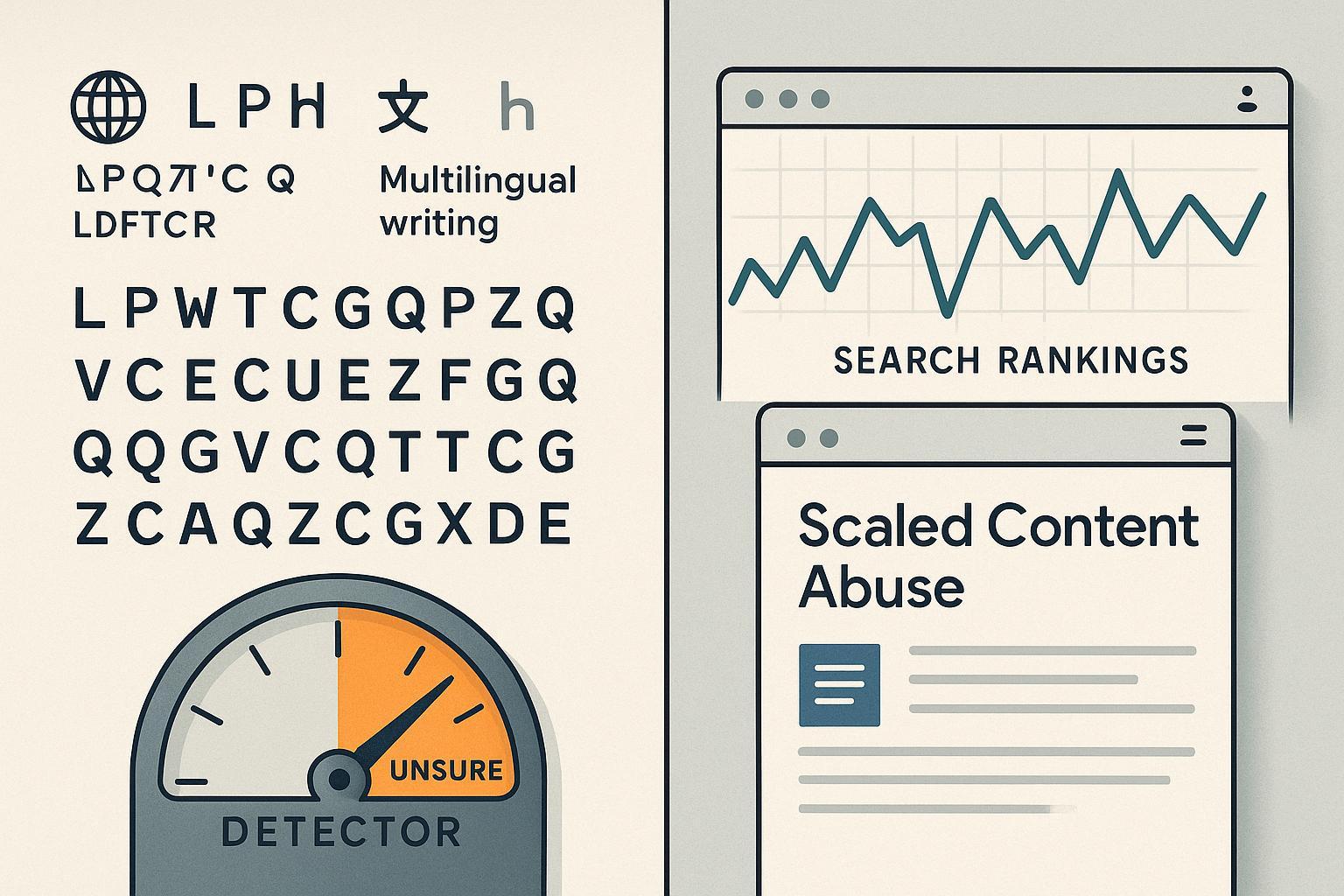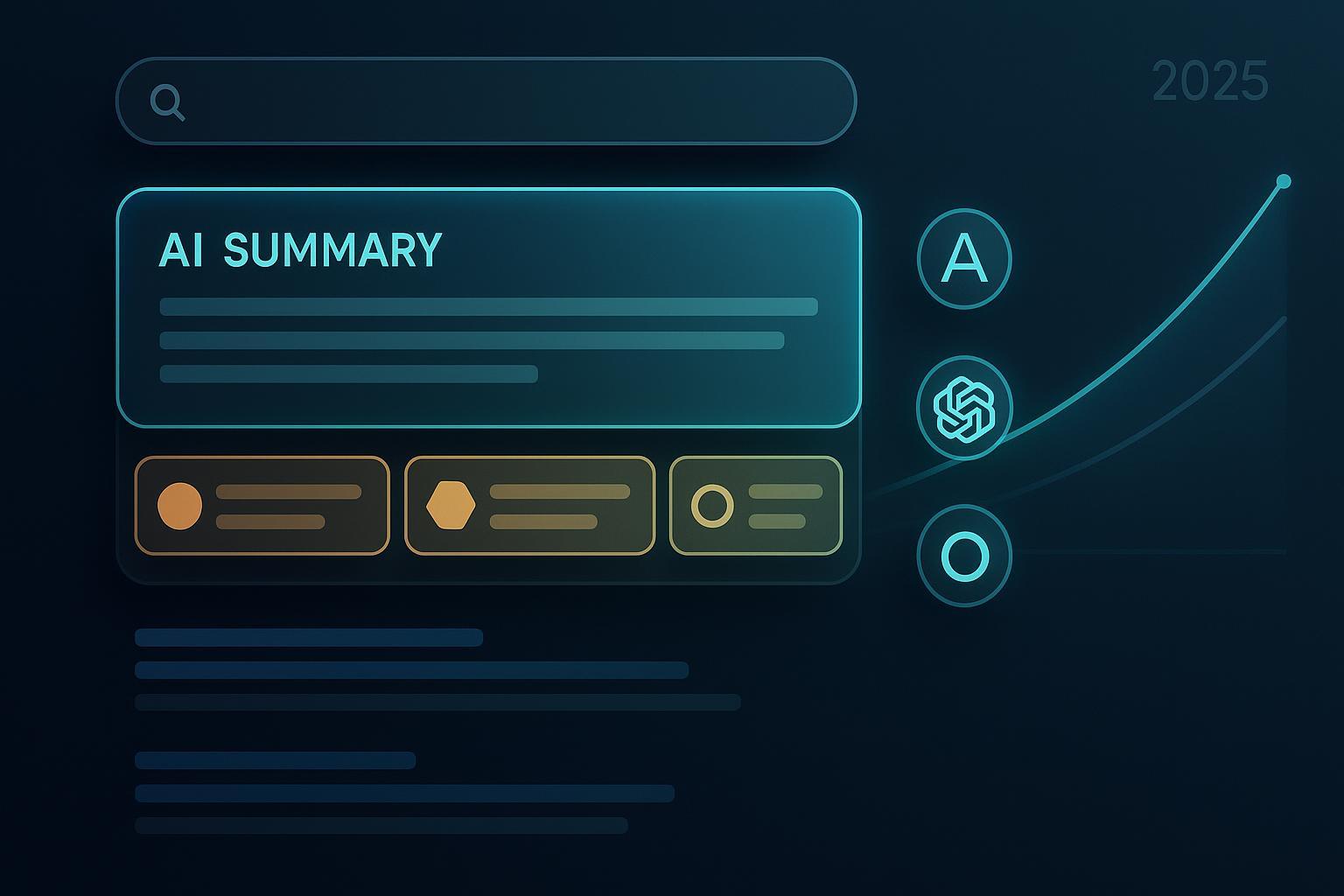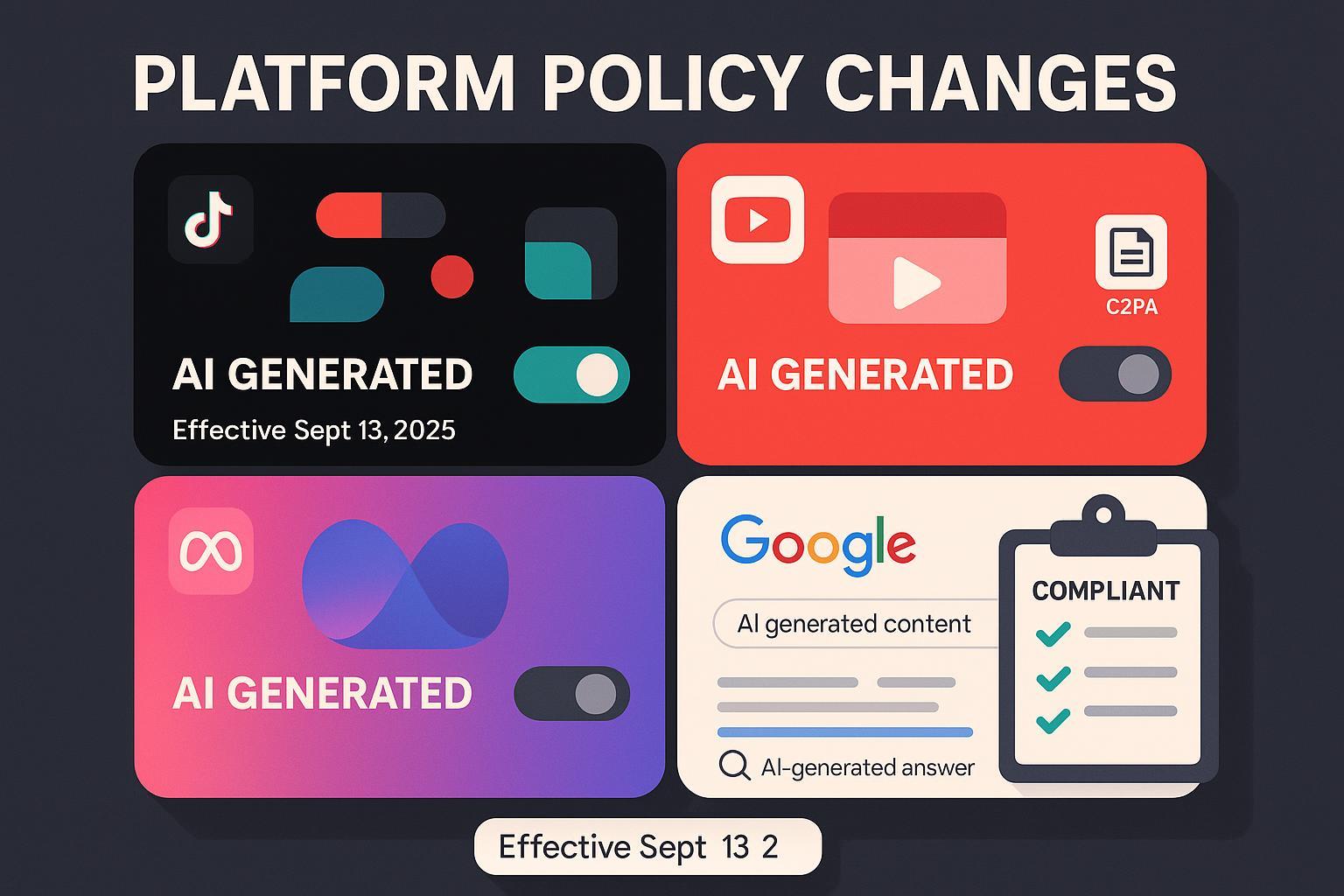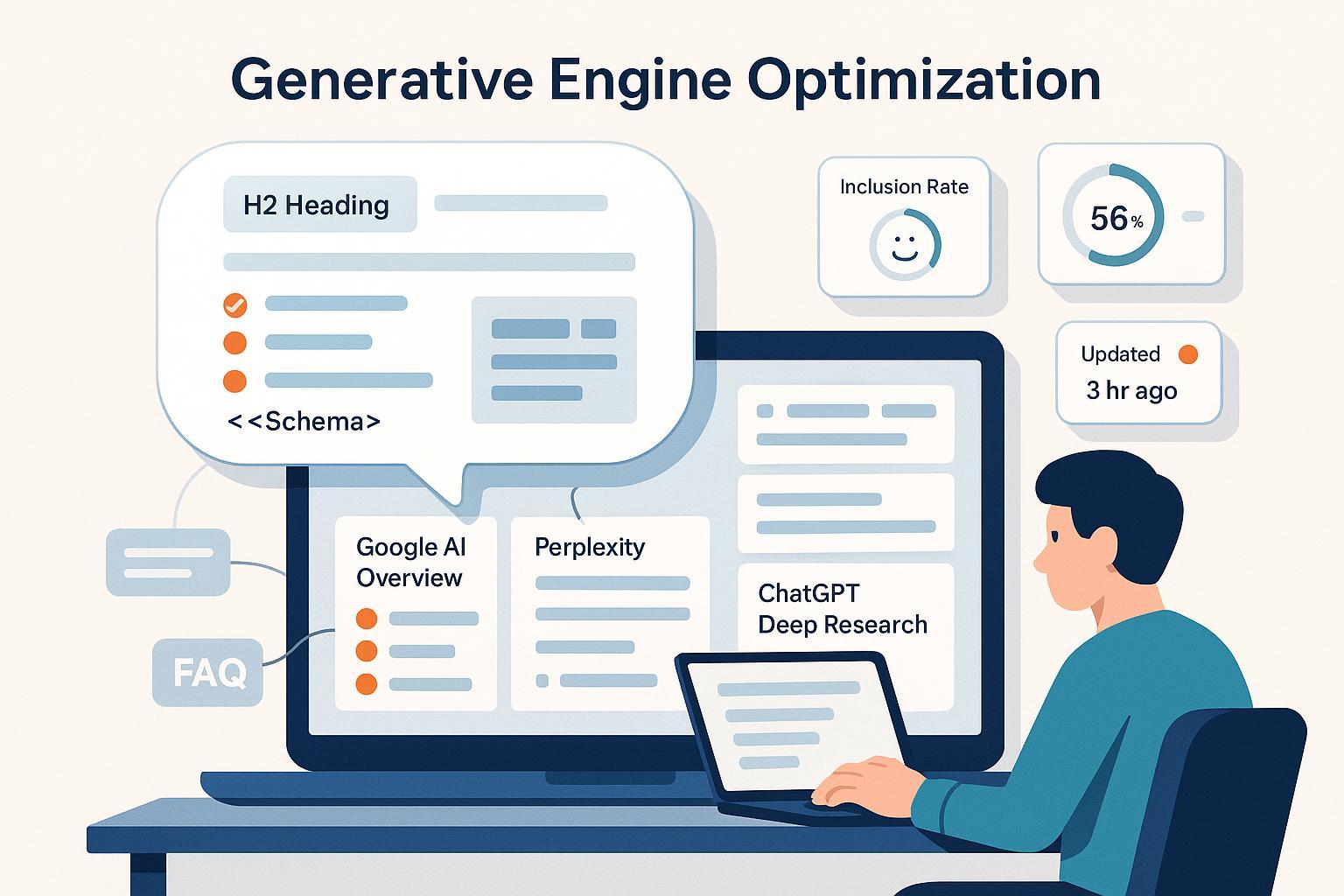AI Search & Content Marketing Budgets: 2025 SEO, GEO, LLMO Best Practices
2025 guide for marketers on balancing content budgets across SEO, GEO & LLMO for AI search. Actionable best practices, real brand scenarios, and KPI strategies.

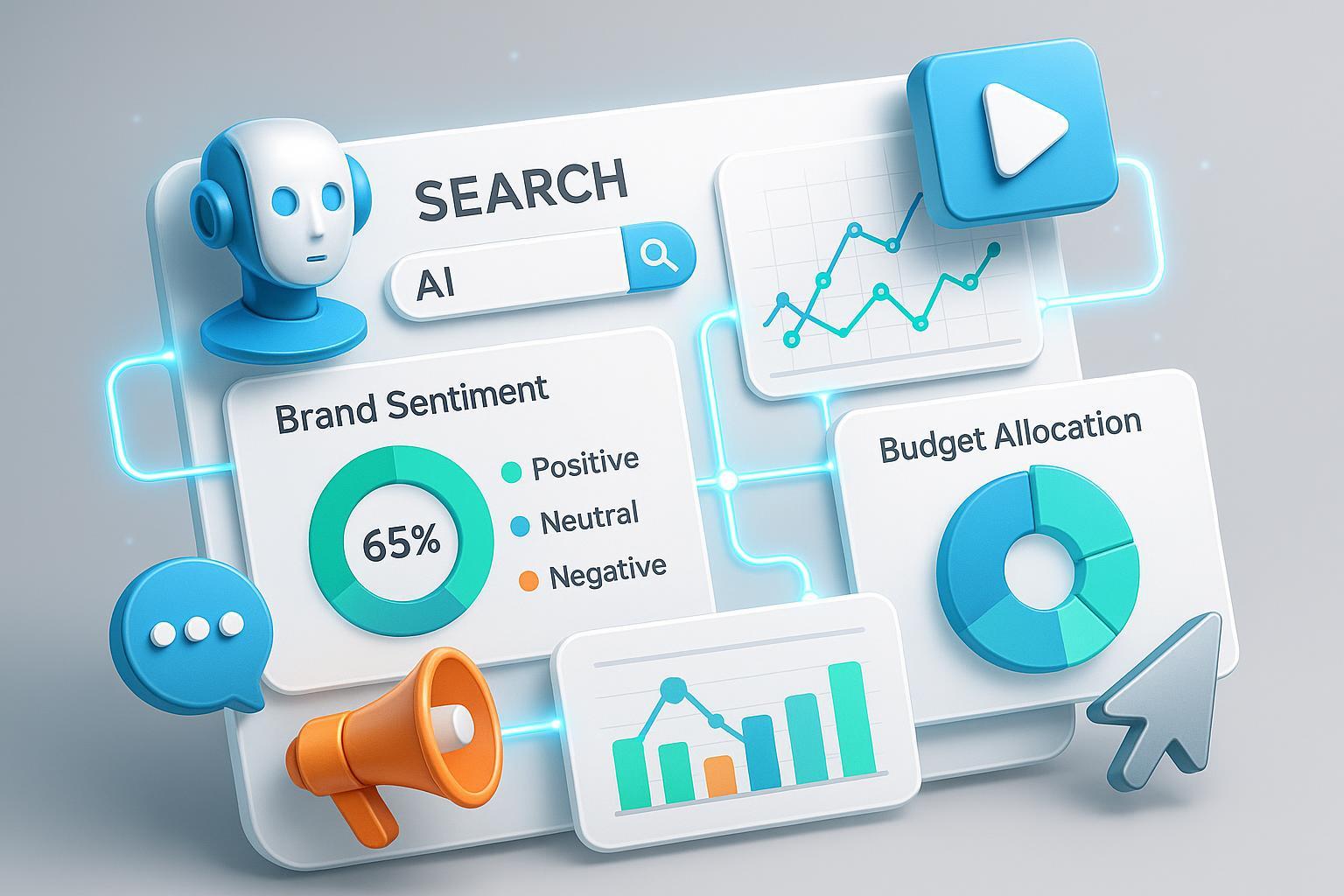
Why 2025 Is a Pivotal Year for Content Marketing Budgets
In 2025, the evolution of AI-powered search is forcing a seismic shift in how brands allocate content marketing resources. Legacy SEO routines, once the backbone of digital discovery, now share budgetary space with two game-changers: GEO (Generative Engine Optimization) and LLMO (Large Language Model Optimization).
What’s changed? Platforms like Google AI Overviews, ChatGPT, and Perplexity have created new brand touchpoints—zero-click answers, AI summaries, and conversational results that traditional SEO rarely reaches. Brands that cling to historic budget splits risk missing visibility, losing touch with customers, and falling behind fast-moving competitors (Source: CMO Alliance).
SEO, GEO & LLMO: Definitions and Evolving Roles
- SEO (Search Engine Optimization): Still vital for ranking and organic traffic, but must now coexist with AI-driven channels. Techniques increasingly focus on technical health, authoritative entities, and semantic clarity (SearchEngineLand).
- GEO (Generative Engine Optimization): Optimizes for generative AI platforms (Google SGE, Perplexity). The goal is to be cited in AI-generated answers through structured data, original research, and FAQ/How-to content (First Page Sage).
- LLMO (Large Language Model Optimization): Focuses on content that LLMs (ChatGPT, Gemini, Claude) can accurately interpret, cite, and reference. Relies on semantic markup, credibility, and entity tagging (Bluetext).
2025 Budget Trends: Where Marketers Are Investing Now
- Digital marketing budgets: Projected to rise ~12% YoY, with traditional SEO and digital combined at 10-12% of the total spend (Deloitte Digital, CMO Survey).
- AI-powered initiatives: Now claim over 17% of marketing efforts, on pace to exceed 40% by 2028.
- Technology/Monitoring tools: Martech spend is outpacing content production, as visibility, citation tracking, and sentiment monitoring require advanced software (Single Grain).
Actionable Budget Allocation Models for 2025
| Business Size | SEO (%) | GEO (%) | LLMO (%) | Key Notes |
|---|---|---|---|---|
| SMB | 50–60 | 20–25 | 15–25 | SEO still provides base traffic; LLMO scales AI reach |
| Mid-market | 40–50 | 25–30 | 20–30 | Balanced multi-channel for automation/localized GEO |
| Enterprise | 30–40 | 30–35 | 25–35 | Heavy GEO for regions/brands; robust LLMO for complex topics |
70-20-10 Rule (Practitioner Use):
- 70% on established proven channels (SEO/GEO)
- 20% on AI-driven content/LLMO
- 10% on experimentation/emergent platforms
Pro Tip: Always earmark 10–20% for test-and-learn with new platforms. Trends shift faster than annual budgets; quarterly review cycles are now standard (SEOSLY).
Scenarios: Budget Allocation in Real-World Brand Environments
Scenario 1: Multi-Brand, Multi-National Enterprise
- Challenge: Maintain top visibility across Google, Bing, ChatGPT, Perplexity in 5 languages.
- Solution: Allocate 35% to SEO (technical + localized), 35% to GEO (FAQ, entities, structured data for AI Overviews), 30% to LLMO (brand guidelines, entity enrichment, info pages for LLM citation).
- Geneo Integration: Use Geneo for live monitoring of AI-generated citations and sentiment, historical trend analysis, and cross-platform brand exposure.
Scenario 2: Regional Retail SMB
- Challenge: Dominance on local map packs and visibility in conversational AI for local shoppers.
- Solution: 60% SEO (local pages, reviews, schema), 20% GEO (FAQs, how-to, product data structured for citation), 20% LLMO (rich entity tagging for local queries).
- Geneo Usage: Track brand mentions and local sentiment in AI platforms, optimize content after reviewing performance reports.
7 Steps for Budget Rebalancing in the AI Search Era
- Audit Current Allocation: Map existing spend versus new AI search opportunities. Assess gaps in citation, sentiment, and multi-platform presence.
- Stakeholder Alignment: Form cross-disciplinary teams (SEO, content, PR, data, legal) for joined-up strategy—avoid silos.
- Define Blended KPIs: Move beyond clicks—measure brand citation frequency, AI sentiment trends, conversion velocity, and engagement from AI answers.
- Adopt Dynamic Tools: Implement multi-channel monitoring (e.g., Geneo) to visualize real-time brand performance on AI and classic platforms.
- Pilot & Debrief: Reserve up to 20% for AI/LLMO pilots. Review results quarterly, not annually—use dashboard data for fast pivots.
- Embed Compliance & Risk Monitoring: Invest in legal review, AI hallucination detection, and misinformation scanning tools. Budget for audits and training (ActiveProspect).
- Scale & Refine: Adjust spend based on ROI/KPI achievement, competitive benchmarks, and evolving platform rules. Document learnings for future cycles.
Measuring ROI and Reporting in Multi-Channel Search
- Blended KPIs Samples:
- SEO: Traffic, engagement, non-brand organic conversions
- GEO: FAQ views, AI-generated answer citations, local conversion rates
- LLMO: Frequency of LLM citations, accuracy/trust scores, user sentiment
Workflow Example: Unified dashboard like Geneo pulls holistic data—brand mentions, AI sentiment, citation frequency—across Google, ChatGPT, Perplexity. Stakeholders review insights in monthly sprints, reallocating budget as visibility and impact metrics evolve.
Proof Points: Brands using integrated monitoring platforms report a 3–5% increase in conversion velocity and more effective spend adaption than siloed teams (Pipeline Velocity).
Advanced Considerations for Future-Ready Brands
Cross-Functional Collaboration
- Engage SEO, content, AI/data, PR, and legal in every budget planning cycle.
- Standardize communication and handoffs with clear SLAs and project management tools.
Legal/Compliance & Risk Management
- Budget for compliance technologies: AI content audit tools, privacy law oversight, misinformation/hallucination detectors.
- Conduct regular internal audits and build legal/marketing team collaboration (Siteimprove).
International & Multi-Brand Strategy
- Centralize compliance oversight but enable regional flexibility.
- Tailor spend for language/region-specific AI search behaviors—use Geneo to compare visibility/performance by market.
Geneo: The 2025 AI Visibility Command Center
Geneo’s multi-platform brand monitoring, real-time ranking, sentiment analysis, and historical trend tracking are critical for brands balancing SEO, GEO, and LLMO expenditure in the AI era. By integrating Geneo:
- Instantly visualize performance across search engines and generative platforms
- Identify content/keyword gaps and sentiment anomalies that impact AI citation
- Automatically generate strategy recommendations to refine budget splits for maximum visibility
Ready to future-proof your budget? Try Geneo for free and see how integrated AI monitoring can elevate your content marketing strategy (Learn more at Geneo).
Sources and Further Reading:
- How AI Search Is Reshaping Search in 2025
- AI Search Content Optimization: The Complete Guide
- SEO vs GEO: Real Differences in 2025
- AI and SEO in 2025: AI Optimization Expert Checklist & Guide
- Generative Engine Optimization Best Practices
- Bluetext: LLMO & GEO Guide
- CMO Survey (Mar 2025)
- Deloitte Digital Marketing Investment Trends
- ActiveProspect: Compliance Checklist
- Siteimprove: Content Governance Overview
This guide equips senior marketers to confidently balance budget, visibility, and compliance as AI search redefines what success looks like—for 2025 and beyond.


